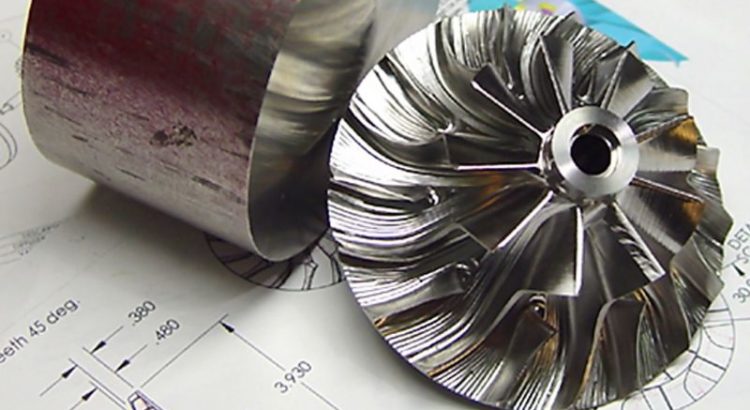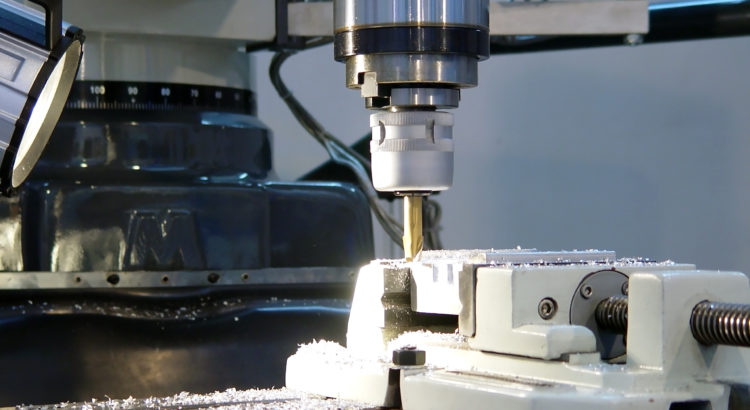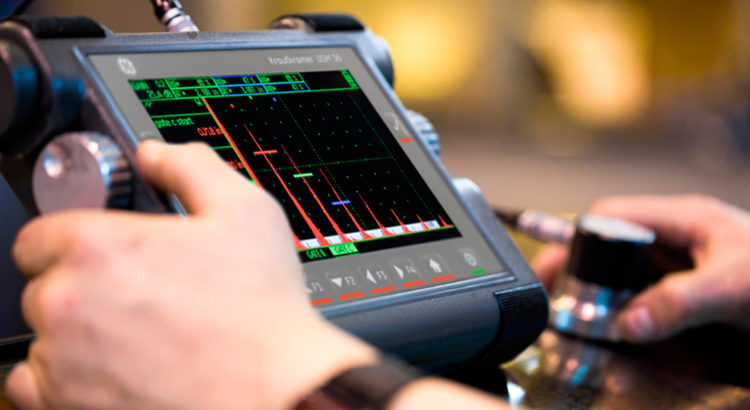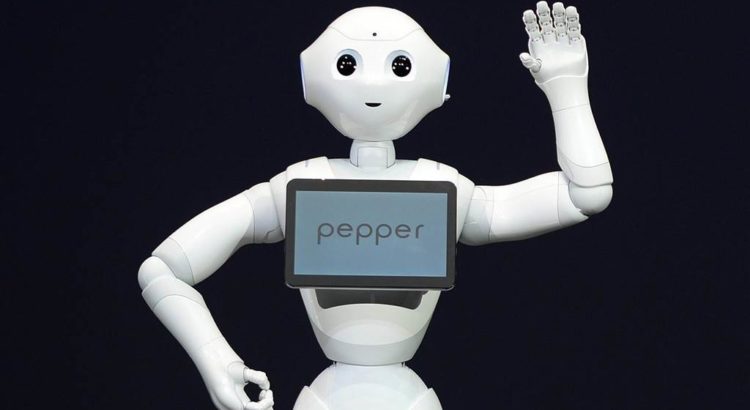The Building Information Model (BIM) helps to create, update and manage building designs at any stage of the project. BIM provides a digital representation of the physical and functional characteristics of a project. The tool gained high popularity among the building design professionals as it covers all the information about every component of a building. The 5D BIM fuels the growth of the construction industry in several ways:
- It delivers superior performance at a low cost.
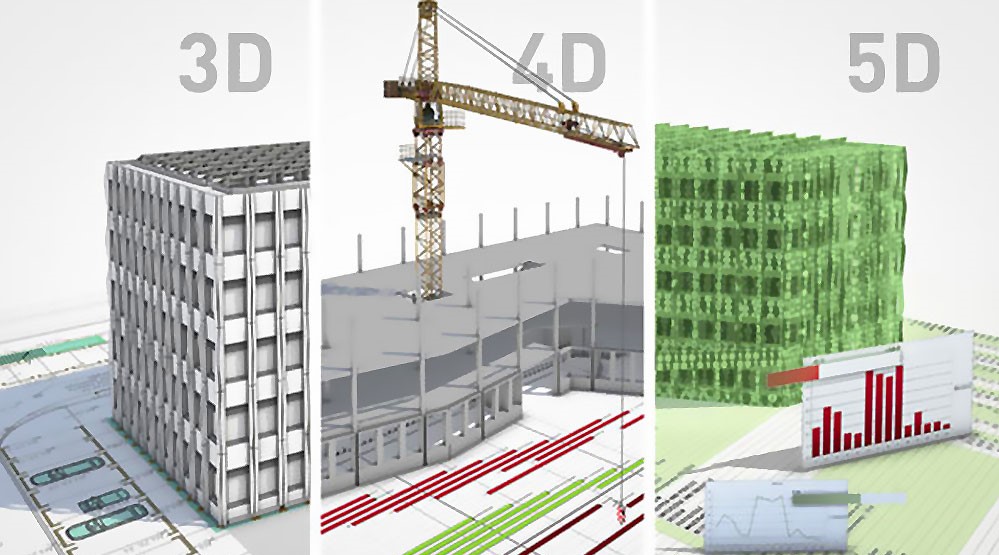
- The AR/VR technologies in 5D keep a check on the overall construction expenditure.
- The 5D functionalities can integrate the output from the 3D format.
- The tool automatically updates the budget charts as the project changes.
- It reduces the work without efficiency
- The design changes are directly connected to the cost-estimation software.
- Optimum utilization of resources.
Including the 5D BIM in the construction industry significantly increases the chances of a contractor to win any project. The use of cloud technology provides the luxury to the contractors and help them to consult their subordinates. The cloud feature also allows to update the projects anytime and from anywhere. The accurate estimation of the projects helps the contractors to present their ideas with assurance and help them to finish it with high accuracy.

